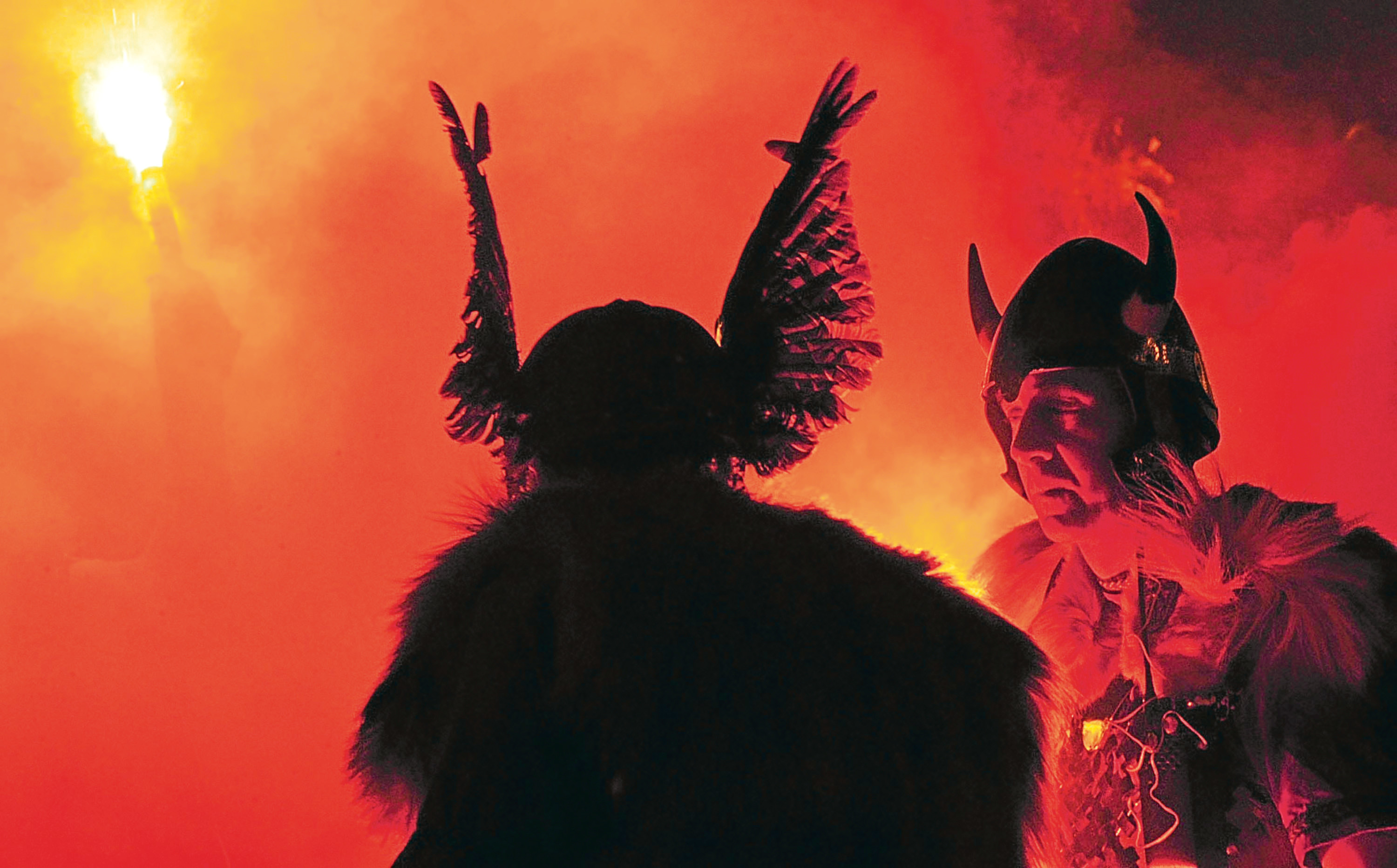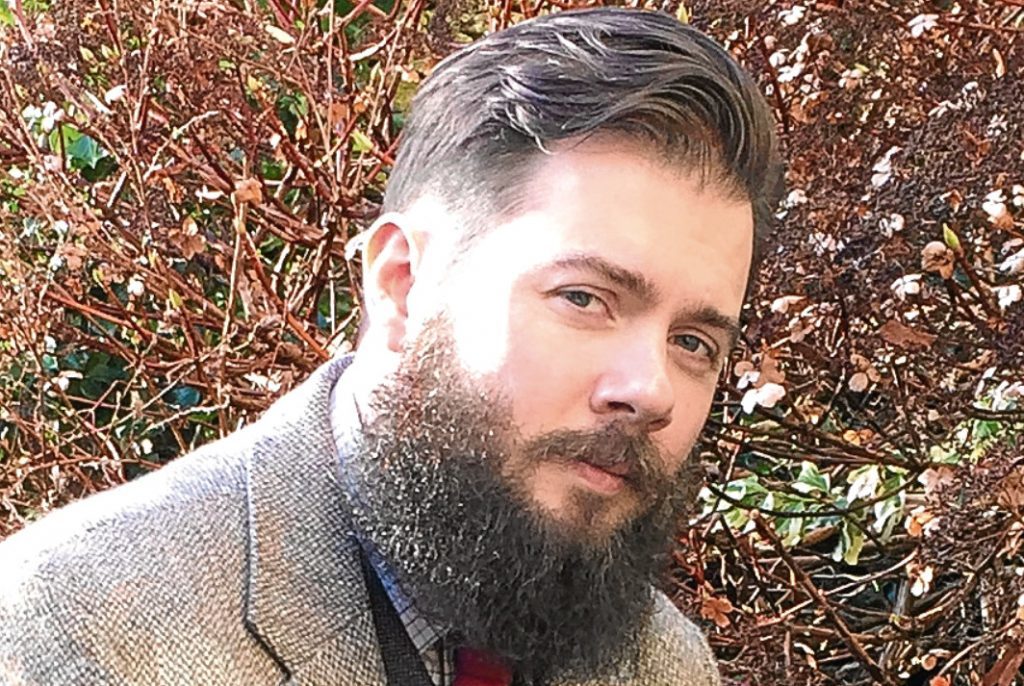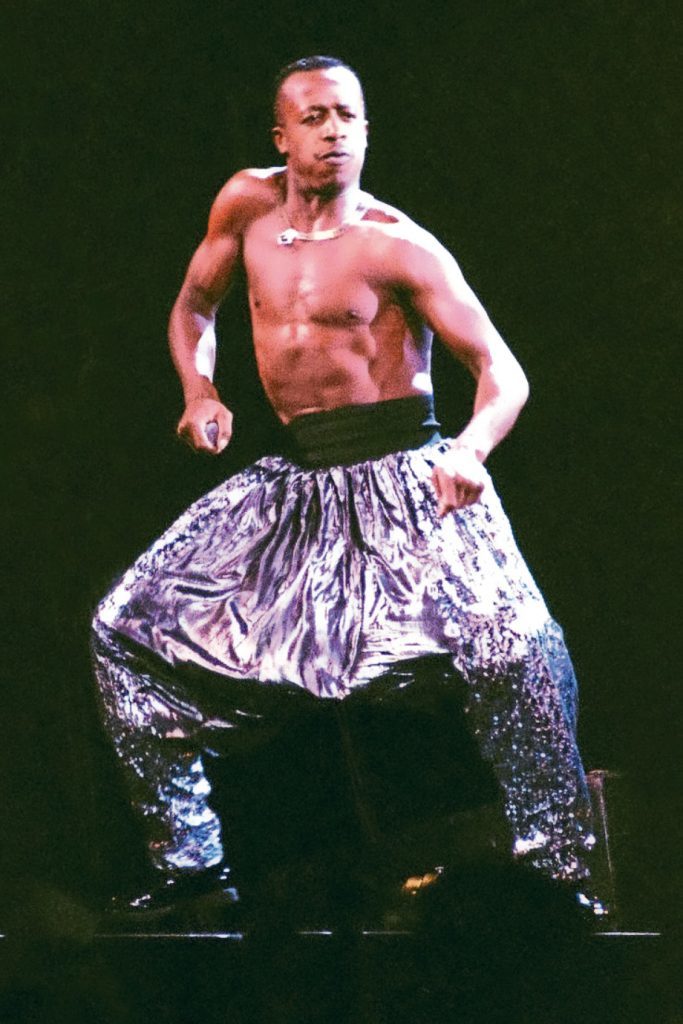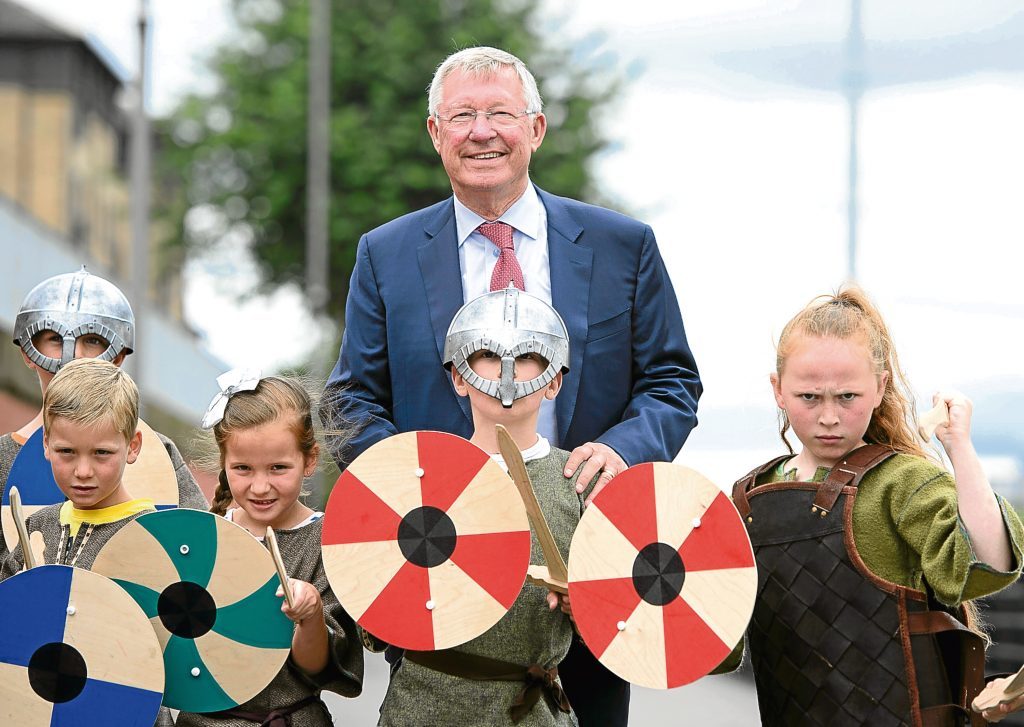
EVERYONE knows what Vikings were like, with their long hair, horned helmets, big axes and pillaging ways.
Except, according to expert Thomas Williams, the fearsome Norsemen weren’t anything like that at all.
He said: “Vikings have this image of being buccaneering, violent and daring – they’re the Hollywood package. But the image is a fiction.
“They didn’t wear horned helmets or have ridiculous Conan the Barbarian double-headed axes.
“They were, however, strange and fearsome.
“There are Arab accounts of Viking men wearing eye liner, tattooed head to toe in strange green patterns while wearing enormous, MC Hammer-type pantaloons.
“Archaeology shows some had dental modification – they would file horizontal grooves into their teeth and put blue paste in it to make it look stripy.
“They were weird and unsettling.
“Vikings are interesting enough that we don’t need to make anything up about them so they’ll seem more interesting.”
His book, Viking Britain, also tells how the raiders from Scandinavia turned Govan into one of the most important seats of power in the British Isles.
Ancient artefacts housed at Govan Old Church show how the Kingdom of Alt Clut – later known as the Kingdom of Strathclyde – moved its capital from Dumbarton Rock further up the Clyde to Glasgow.
“The theory is that because it’s close to Dumbarton Rock, Govan was the centre of a new power base in Scotland that was created by, or at least heavily indebted to, the incoming Scandinavians,” said Thomas.
“The Clyde is important to Glasgow and to Scotland, and that importance stretched back to the Viking age.
“The roots of the importance of Govan are down to, shipping, access to the Atlantic and the Irish Sea, and the Vikings.
“People can go to see the evidence of this now in Govan. It’s a remarkable sight, and all contained in an austere Scottish church in the middle of industrial Govan.”
His book reveals the extent of Viking influence on Scotland, and there are a few surprises about the feared warriors.
For hundreds of years, Vikings staged daring raids along the Scottish coastline in their quest for gold and slaves.
These were so successful the warbands grew larger and larger over the centuries, and areas conquered by the fearsome Norsemen would come under their rule.
This is why Viking and Scandinavian culture is seen around Scotland, according to Thomas – although exactly how they did it is lost to time.
“How areas of Scotland were taken over are a mystery,” he said.
“There’s one mention in a book from the time that says the Vikings took over the Western Isles of Scotland. And that’s it!
“What we do see very clearly is the repercussions of Viking involvement. The three primary political powers – the Picts, the Gaelic speaking Kingdom in the West, the Kingdom of Alt Clut are all transformed.
“Viking raiding cut off the Gaelic Kingdom from Ireland and forced the Gaels and the Picts together in the middle, and they eventually formed the Kingdom of Alba – early Scotland.
“In a real sense you can argue Vikings and their raids create the idea of Scotland.
“Scotland doesn’t exist before the Vikings.”
Those living on the coast of Scotland came to fear the arrival of Viking longboats as it signalled their imminent doom.
And evidence of a gory raid on the Aberdeenshire monastery of Portmahomack showed the Norse warriors weren’t above targeting religious settlements.
“It’s the only place in Britain with good evidence of the violence of Viking raids,” added Thomas.
“At some point around the year 800, the Christian monastery was targeted, probably because it was so wealthy.”
Those interested in seeing evidence of Scotland’s Viking history should definitely head to Govan, says Thomas.
There they can find “hogbacks” – stone burial monuments unique to Britain which were created as Viking and British tribes mixed with each other.
“You find these all over Britain, but the concentration of them in Govan is unique,” Thomas said.

Enjoy the convenience of having The Sunday Post delivered as a digital ePaper straight to your smartphone, tablet or computer.
Subscribe for only £5.49 a month and enjoy all the benefits of the printed paper as a digital replica.
Subscribe

